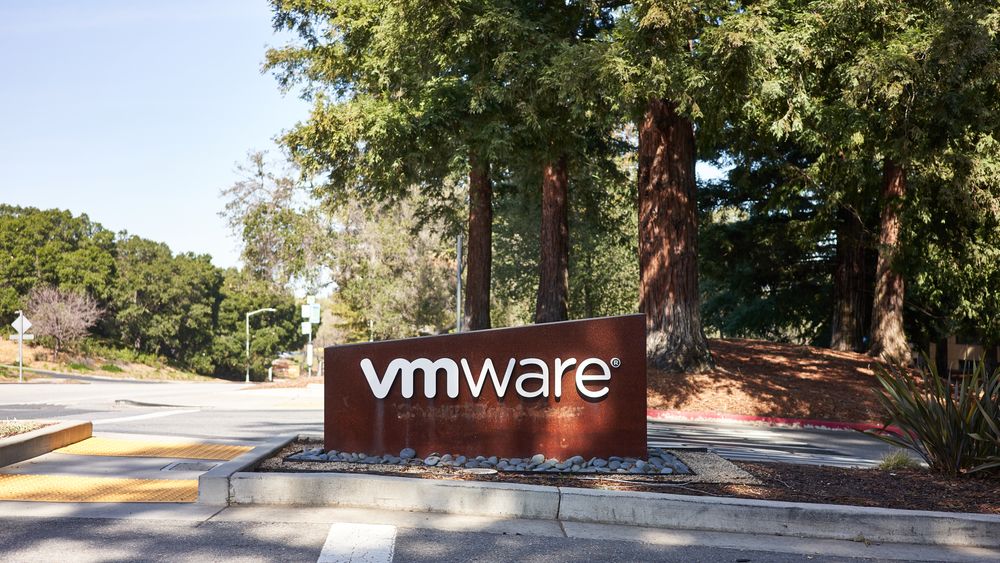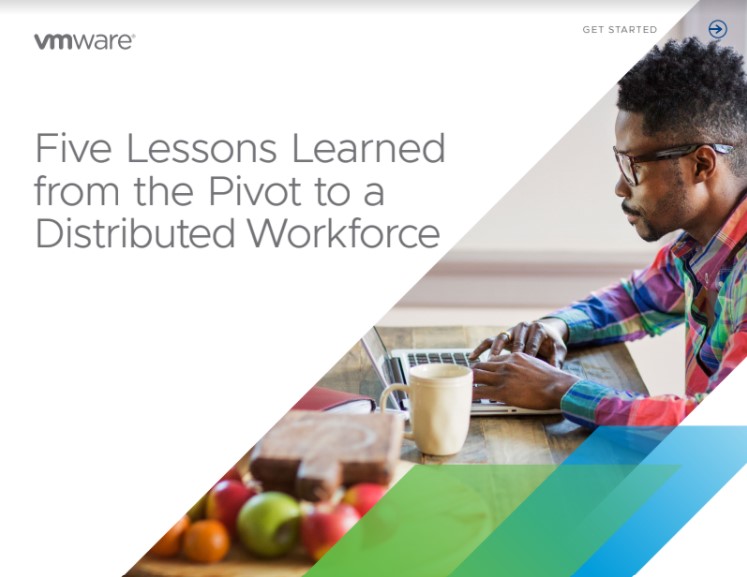VMware urges vCenter customers to immediately patch their systems
The company warns that ransomware gangs are primed to exploit two flaws to conduct remote code execution attacks


VMware is urging its customers to update vCenter Server versions 6.5, 6.7 and 7.0 immediately after fixing two vulnerabilities that could allow attackers to launch remote code execution attacks.
The most severe bug is tracked as CVE-2021-21985 which lies in the vSphere Client. This flaw involves a lack of input validation in the Virtual SAN Health Check plugin, which is enabled by default in the system.
The vSAN system is a software-defined storage platform that's used to eliminate the need for additional storage boxes using the local server storage. The health check plugin enhances customer support and user experience by allowing customers to manage their virtual deployments, including dozens of automated health checks.
The vulnerability is rated 9.8 on the CVSS threat severity scale and could allow hackers with network access to port 443 to execute commands with unrestricted privileges on the operating system that hosts vCenter Server. The high base score suggests the effects are particularly devastating, and the vulnerability is relatively easy to exploit.
The second vulnerability, tracked as CVE-2021-21986, is less severe, but nonetheless would allow attackers with network access to port 443 on vCenter Server to perform actions allowed by the impacted plugins without authentication.
This vulnerability concerns a vSphere authentication mechanism for the Virtual SAN Health Check, Site Recovery, vSphere Lifecycle Manager and VMware Cloud Director Availability plugins in the vSphere Client.
The bugs are extremely serious, VMware has warned, and customers are being advised to patch immediately.
Get the ITPro daily newsletter
Sign up today and you will receive a free copy of our Future Focus 2025 report - the leading guidance on AI, cybersecurity and other IT challenges as per 700+ senior executives
"With the threat of ransomware looming nowadays the safest stance is to assume that an attacker may already have control of a desktop and a user account through the use of techniques like phishing or spearphishing, and act accordingly," the firm says in its FAQs.
"This means the attacker may already be able to reach vCenter Server from inside a corporate firewall, and time is of the essence."
RELATED RESOURCE

Five lessons learned from the pivot to a distributed workforce
Improve employee experience and support IT teams for a more adaptable distributed workforce
The issue affects all vCenter Server customers, not just those who use vSAN, because this plugin is shipped with all systems and is enabled by default. The company doesn't advise disabling the vSAN plugin, because manageability and monitoring will not be possible, and customers using vSAN should only disable the plugin for short periods of time.
Warning of the dangers, VMware said in its FAQs that customers without perimeter security controls on their virtualisation infrastructure may be in jeopardy. Ransomware gangs, particularly, have demonstrated they can compromise corporate networks and subsequently wait for new vulnerabilities in order to attack from inside a network.
The fear is very real given that ransomware operators had previously exploited critical ESXi and vSphere Client flaws, with Carbon Spider and Sprite Spider gangs exploiting the flaws to encrypt virtual machines (VMs).

Keumars Afifi-Sabet is a writer and editor that specialises in public sector, cyber security, and cloud computing. He first joined ITPro as a staff writer in April 2018 and eventually became its Features Editor. Although a regular contributor to other tech sites in the past, these days you will find Keumars on LiveScience, where he runs its Technology section.
-
 Two years on from its Series B round, Hack the Box is targeting further growth
Two years on from its Series B round, Hack the Box is targeting further growthNews Hack the Box has grown significantly in the last two years, and it shows no signs of slowing down
By Ross Kelly
-
 Dragging your feet on Windows 11 migration? Rising infostealer threats might change that
Dragging your feet on Windows 11 migration? Rising infostealer threats might change thatNews With the clock ticking down to the Windows 10 end of life deadline in October, organizations are dragging their feet on Windows 11 migration – and leaving their devices vulnerable as a result.
By Emma Woollacott
-
 Hackers are targeting Ivanti VPN users again – here’s what you need to know
Hackers are targeting Ivanti VPN users again – here’s what you need to knowNews Ivanti has re-patched a security flaw in its Connect Secure VPN appliances that's been exploited by a China-linked espionage group since at least the middle of March.
By Emma Woollacott
-
 Broadcom issues urgent alert over three VMware zero-days
Broadcom issues urgent alert over three VMware zero-daysNews The firm says it has information to suggest all three are being exploited in the wild
By Solomon Klappholz
-
 Nakivo backup flaw still present on some systems months after firms’ ‘silent patch’, researchers claim
Nakivo backup flaw still present on some systems months after firms’ ‘silent patch’, researchers claimNews Over 200 vulnerable Nakivo backup instances have been identified months after the firm silently patched a security flaw.
By Solomon Klappholz
-
 Everything you need to know about the Microsoft Power Pages vulnerability
Everything you need to know about the Microsoft Power Pages vulnerabilityNews A severe Microsoft Power Pages vulnerability has been fixed after cyber criminals were found to have been exploiting unpatched systems in the wild.
By Solomon Klappholz
-
 Vulnerability management complexity is leaving enterprises at serious risk
Vulnerability management complexity is leaving enterprises at serious riskNews Fragmented data and siloed processes mean remediation is taking too long
By Emma Woollacott
-
 A critical Ivanti flaw is being exploited in the wild – here’s what you need to know
A critical Ivanti flaw is being exploited in the wild – here’s what you need to knowNews Cyber criminals are actively exploiting a critical RCE flaw affecting Ivanti Connect Secure appliances
By Solomon Klappholz
-
 Researchers claim an AMD security flaw could let hackers access encrypted data
Researchers claim an AMD security flaw could let hackers access encrypted dataNews Using only a $10 test rig, researchers were able to pull off the badRAM attack
By Solomon Klappholz
-
 A journey to cyber resilience
A journey to cyber resiliencewhitepaper DORA: Ushering in a new era of cyber security
By ITPro